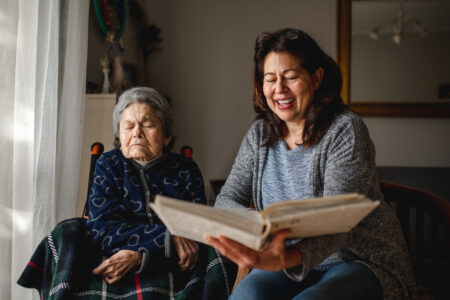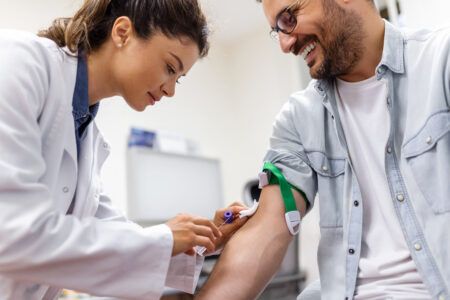
Share On Social!
Bullying is defined by stopbullying.gov as “unwanted, aggressive behavior among school aged children that involves a real or perceived power imbalance”. In grades 6-12, 28% of students experienced bullying and approximately 30% of kids admit to bullying others.
Most bullying occurs in school, although this can also happen on the internet and through cell phones. This is called cyberbullying. Rates of cyberbullying have nearly doubled over the past ten years from 18% in 2007 to 34% in 2016 as more kids have access to cell phones and social media.
Kids who are bullied can experience physical, mental, and educational problems. Physical problems such as headaches, muscle pain, upset stomach, changes in weight, and decreased ability to fight infections are associated with the stress of bullying. Mental health problems may also arise as a result of bullying.

At least 26% of Latino students were willing to report fear of being bullied. These students said they were afraid to go to school, felt depressed, and some were suicidal. Sebastien de la Cruz, a young mariachi who sang the national anthem at the NBA finals in June 2013, experienced cyberbullying with racially-motivated comments on social media after his appearance on national TV.
Bullying impacts not only the victims, but also the person who bullies others. Kids who bully are more likely to abuse alcohol or use drugs later in life, engage in early sexual behavior, and abuse future romantic partners as adults.
When parents, teachers, or other adults intervene, they show bullying isn’t an acceptable behavior. In fact, the best prevention strategies involve the entire school community to create a zero tolerance policy which doesn’t tolerate bullying.
Access more information about how to stop bullying here.
Explore More:
Healthy Families & SchoolsBy The Numbers
142
Percent
Expected rise in Latino cancer cases in coming years




